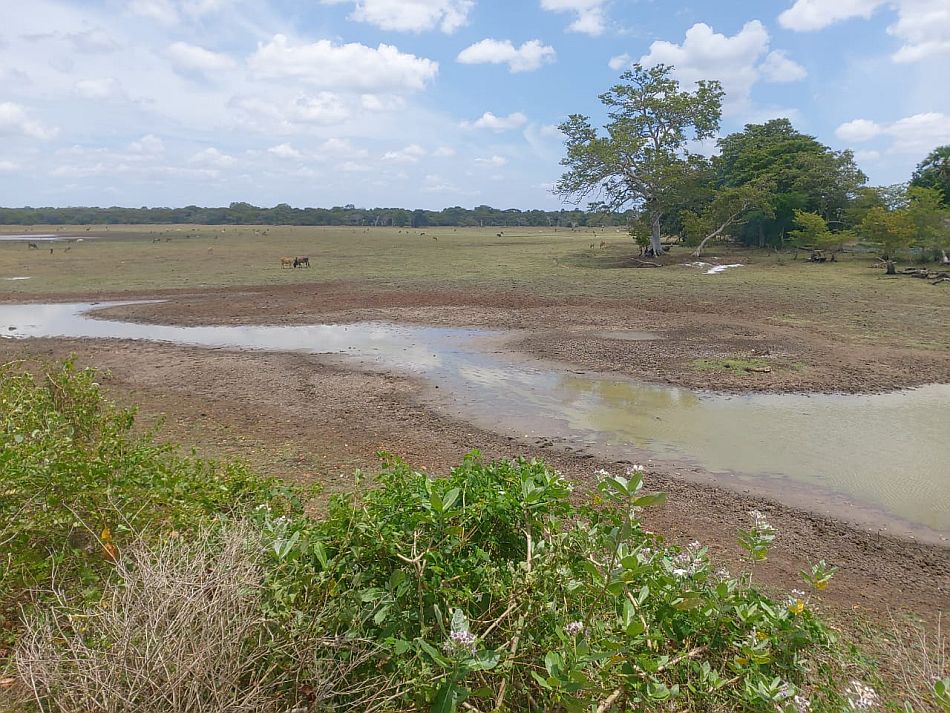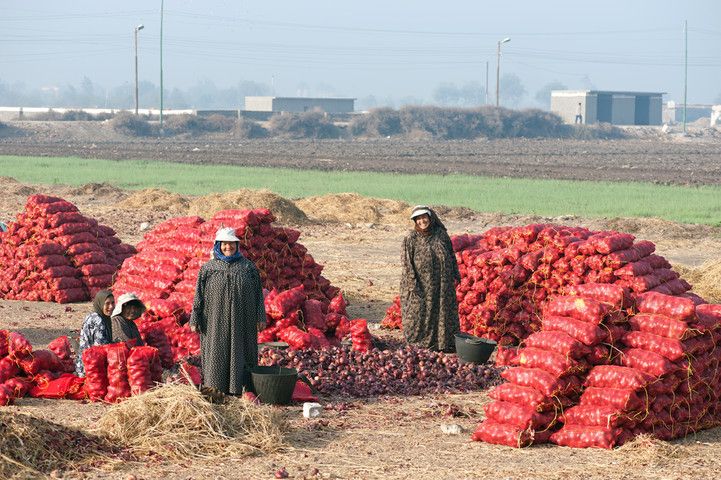It seems like every week the world faces a brand new disaster. Floods, cyclones, drought and other risks are increasing worldwide. These threaten long-fought-for development gains. And most of them are directly attributable to a mix of vulnerable livelihoods, unplanned urban development, ecosystem degradation, and – very likely – climate change.
A recent study from the International Water management Institute (IWMI) shows that approximately 750 million people are vulnerable to climatic extremes in South Asia. Climate change could push more than 100 million people within developing countries below the poverty line by 2030. Already this year, more than 152 natural disasters have been reported with nearly 4,000 deaths and 50 million people affected. The economic loss is already calculated at USD 13 billion (EM-DAT, 2019).
This week marks the International Day for Disaster Reduction, and IWMI, working with CGIAR Research programs on Water, Land and Ecosystems (WLE), and Climate Change, Agriculture and Food Security (CCAFS), Indian Council of Agricultural Research (ICAR), Japan’s Ministry of Agriculture, Forestry and Fisheries (MAFF), is taking action now to identify and reduce existing disaster risks and prepare for a changing future.















